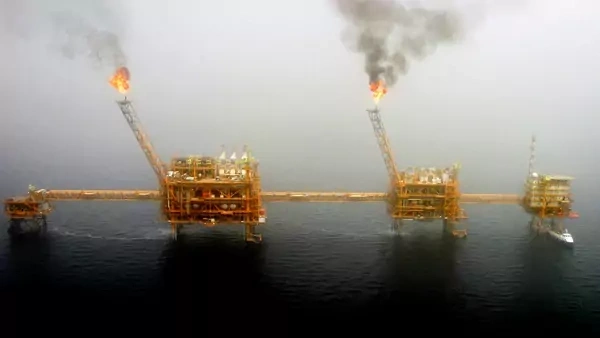Using External Breakeven Prices to Track Vulnerabilities in Oil-Exporting Countries

The best single measure of the resilience of an oil- or gas-exporting economy in the face of swings in the global oil price is its external breakeven price: the oil price that covers its import bill.
July 11, 2017

- Report
Overview
The fall in global oil prices from over $100 a barrel to around $50 a barrel—and similar moves in the price of natural gas—have reduced the export proceeds of the world’s main oil-exporting economies by about a trillion dollars. For commodity-exporting economies, the resulting swing in the global flow of funds has been as sharp and sudden as the swings in capital flows that accompanied the global financial crisis.
Most analyses of the impact of oil price swings on oil-exporting economies focus on their fiscal breakeven price—the oil price that allows the budget to balance. Everyone understands the concept of a budget and most oil-producing economies rely heavily on oil revenues to cover their fiscal spending. Yet this measure suffers from important limitations: budget revenue from oil is not always transparently reported, spending is often kept off-budget, and the actual calculation is country-specific, impeding accurate comparisons across countries.
Interactive: Tracking Oil Exporters' External Breakeven Prices
More on:
More could be gained by focusing on the external breakeven price—the oil price that covers the import bill of an oil- or gas-exporting economy. Unlike fiscal breakevens, external breakevens can be calculated in a consistent way across time and across countries, using data that is relatively easy to verify. An external breakeven price below the global oil price thus indicates a potential for either additional fiscal spending or currency appreciation; a breakeven price above the global oil price indicates an underlying pressure for budget cuts or depreciation, at least in the absence of substantial buffers of reserves or borrowing capacity.
The recent evolution of external breakeven prices challenges aspects of the conventional wisdom about the relative vulnerability of different oil-exporting economies. Even with its substantial reserves, Saudi Arabia is no longer among the economies best prepared to manage a prolonged period of low oil prices. Both Iran and Russia are now in a better position to withstand an extended slump in oil prices than the Saudis.
Of course, no single indicator of vulnerability is perfect. A breakeven price above the current oil price on its own does not automatically force a shift in economic policy, let alone signal imminent political breakdown. The breakeven matters, but so too does a country’s foreign exchange reserves, borrowing capacity, and exchange rate regime.
More on:
 Online Store
Online Store